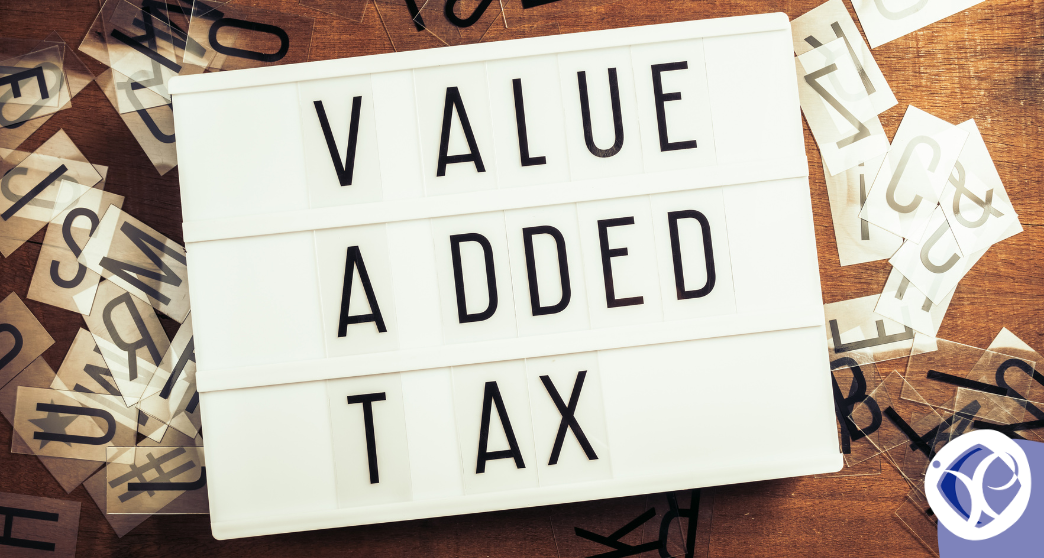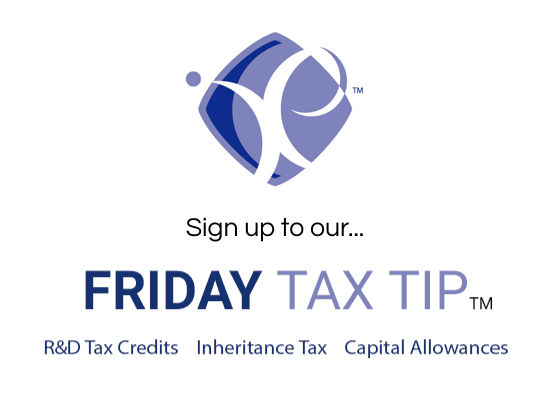Even if you’re not an accountant, grasping the basics of VAT can transform how you price your services and manage your finances.
This concise guide lays out the essentials: the three VAT rates, who must register, and how to choose the right accounting scheme.

(Read Time: Approx. 4 minutes)
Topics Discussed:
- Core VAT rates with up‑to‑date HMRC examples of what falls under zero‑rated and reduced‑rated categories
- Detailed breakdown of HMRC‑approved VAT accounting schemes to help you decide what’s best
VAT Rates and Typical Examples
Standard Rate – 20%
This rate applies to most goods and services. It covers adult clothing, electronics, restaurant meals, professional services, and utilities provided to businesses.
Reduced Rate – 5%
This applies to specific items such as domestic heating fuel and power, energy‑saving materials (e.g. loft insulation), children’s car seats, mobility aids for the elderly, maternity pads, and smoking cessation products.
Zero Rate – 0%
Zero‑rated goods are taxable but charged at 0%, meaning you can recover VAT on associated costs. Typical examples include most food (not restaurant meals), children’s clothing and footwear, books and newspapers (including e‑publications), public transport fares, domestic fuel and power, medical equipment for disabled individuals, and construction of new dwellings.
While these are common examples, the full list is far more detailed and regularly updated.
You can find an official breakdown of VAT rates across different goods and services on the HMRC website here.
When VAT Registration Becomes Mandatory
If your taxable turnover (sales of goods or services subject to VAT, including zero‑rated) exceeds £90,000 in the past 12 months, registration is mandatory.
Falling below £88,000 allows optional deregistration.
Certain categories are exempt regardless of income: residential rental (residential landlords cannot register), medical services, domiciliary care, education and school‑style teaching, insurance, banking, and financial services.
VAT Schemes – HMRC‑Approved Options
Standard VAT Accounting
You track the VAT you charge (output tax) and the VAT you pay on purchases (input tax).
Each quarter you submit a return for the difference, reclaiming input VAT if it exceeds output.
Though more paperwork, this method offers maximum VAT recovery.
Flat Rate Scheme
Eligible if your VAT turnover is £150,000 or less (excluding VAT).
Rather than detailed input‑output calculations, you pay HMRC a fixed percentage of your total VAT‑inclusive turnover based on your trade type.
You cannot reclaim VAT on most purchases, except capital items over £2,000. In your first year of VAT registration, you get a 1% discount.
If your goods purchases are minimal (less than 2% of turnover or £1,000 per year), you must use the “limited cost trader” rate of 16.5%.
Otherwise, sector rates vary (e.g. IT consultancy 14.5%; general business services 12%; accountants 14.5%).
Example: If you’re a sole trader IT consultant with a 14.5% rate, VAT‑inclusive turnover of £24,000 in a quarter, and it’s your first year of registration, you pay 10% × £24,000 = £2,400 to HMRC.
Cash Accounting Scheme
With this scheme, you report and pay VAT only when you get paid (not when invoicing), and reclaim input VAT only when you pay suppliers.
It’s especially helpful for businesses with slow customer payments.
Annual Accounting Scheme
You submit just one VAT return per year and make regular instalment payments.
Good for simplifying accounting, though not ideal if your cash flow fluctuates significantly.
Choosing the Right VAT Scheme for Your Business
Each VAT scheme has its own strengths, and the best choice will depend on your business model, cash flow, and administrative capacity.
- Standard Accounting is ideal for businesses that incur significant VAT on their expenses and want to reclaim it fully. However, this comes with a higher administrative burden, requiring detailed records and quarterly submissions to HMRC.
- Flat Rate Scheme works well for small, service-based businesses with minimal costs. It simplifies VAT by letting you pay a fixed percentage of your gross turnover to HMRC. The downside is that you can’t usually reclaim VAT on purchases (except for certain capital items), which means you might end up overpaying if you have large input costs.
- Cash Accounting Scheme suits businesses where customers often pay late. Under this scheme, you only pay VAT to HMRC when you receive payment from clients, helping to ease cash flow. However, it also means you can’t reclaim VAT on your own expenses until you’ve paid your suppliers.
- Annual Accounting Scheme is a good fit for businesses that want to reduce paperwork. Instead of quarterly returns, you submit one VAT return per year and make monthly or quarterly instalments. This setup is easier to manage but can be problematic if your cash flow is unpredictable and doesn’t align with the instalment schedule.
If your purchases regularly attract a lot of input VAT, then sticking with the standard scheme may be the most cost-effective despite the extra admin.
On the other hand, if your business runs with low overheads and minimal VAT on expenses, the flat rate scheme could reduce the time you spend on bookkeeping.
Summary
VAT can be complex, but once you understand the basics such as the different rates and the schemes available for your business, it becomes far more manageable.
Whether you’re just hitting the threshold or trying to choose between accounting methods, getting expert advice can make all the difference.
If you’re unsure where to start or want to make sure you’re on the most efficient path, our team at Tax Expert is ready to guide you through it.
Fill out our form here for any questions, email us at info@taxexpert.co.uk, or message us on our WhatsApp for out of office hours.
Kind regards,
Ilyas Patel

